Interviews with Experts
12 Crucial Steps to Enhancing Tree Protection and Conservation
You know, it’s easy to underestimate the impact that trees have on our environment and overall well-being. But the truth is, they play a crucial role in maintaining ecological balance and preserving the natural beauty of our surroundings.
In this discussion, we’ll explore 12 essential steps to enhancing tree protection and conservation. These steps are not only vital for the health of our planet but also for the sustenance of future generations.
So, let’s dive into how these strategies can make a significant difference in our efforts to safeguard and nurture our invaluable tree resources.
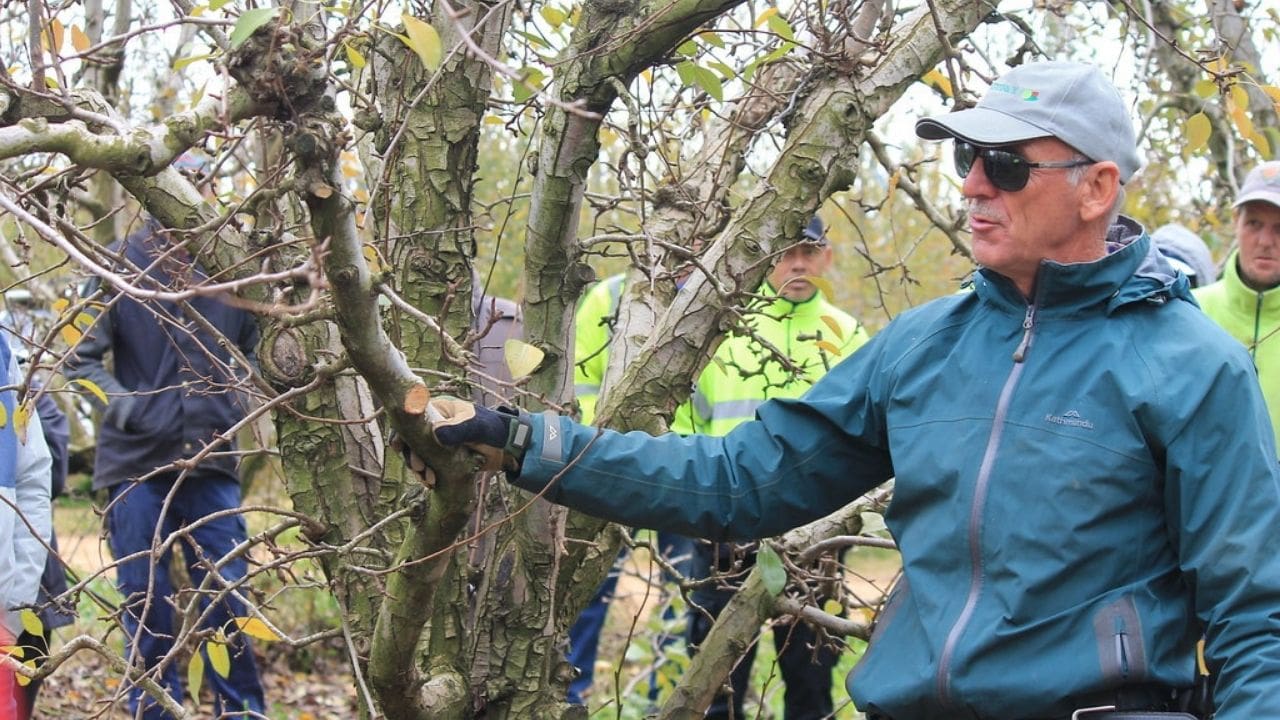

Key Takeaways
- Familiarize yourself with the legal frameworks and compliance requirements for tree protection and conservation, including local ordinances, permits, and environmental impact assessments.
- Recognize and grant legal protection to designated heritage trees of historical, cultural, or ecological importance, implementing regulations and guidelines for their care and maintenance.
- Understand and comply with conservation laws and policies for sustainable management, addressing reforestation, urban forestry, and habitat protection.
- Enforce regulations transparently, hold violators accountable, and collaborate with local communities and organizations to raise public awareness about the importance of trees and the consequences of deforestation.
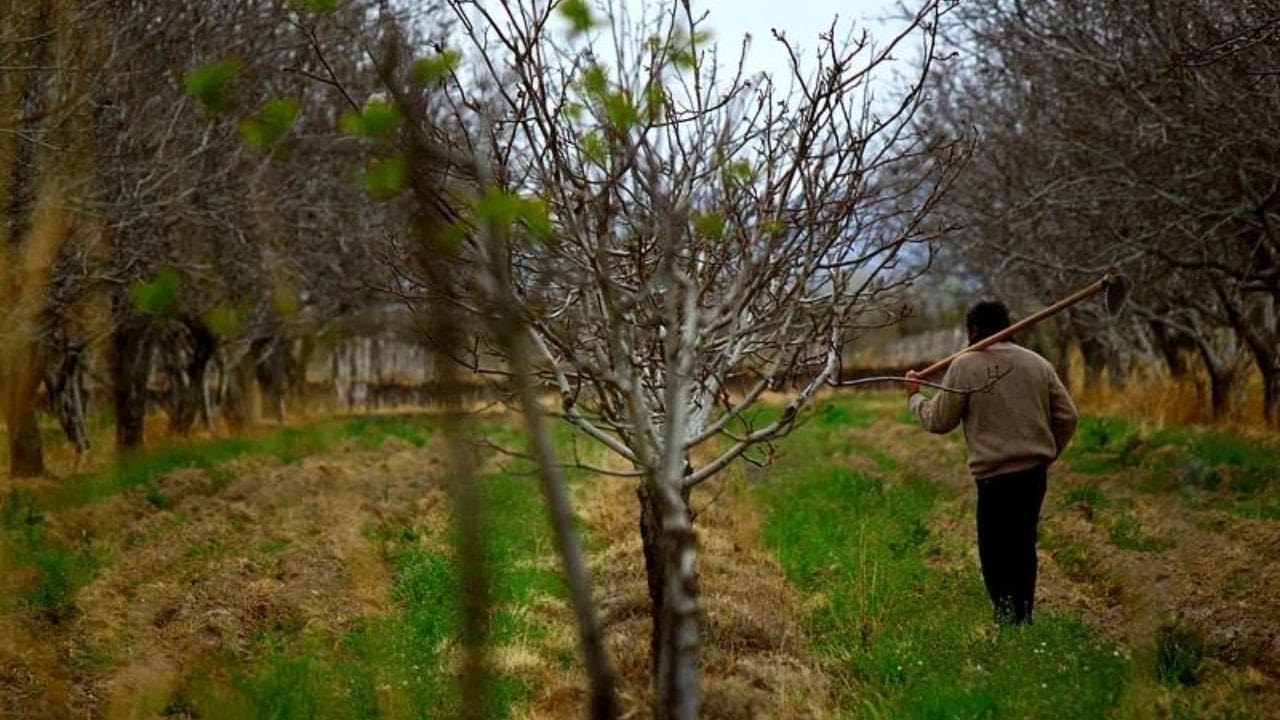

Legal Frameworks
You should familiarize yourself with the legal frameworks that govern tree protection and conservation to ensure compliance and effective management of tree resources. Understanding the legal requirements is crucial for anyone involved in tree management.
Laws and regulations vary by region and it’s essential to stay informed about local ordinances, permits, and environmental impact assessments. These legal frameworks often dictate the procedures for tree removal, trimming, and preservation, as well as the penalties for non-compliance. Additionally, they may outline specific protection measures for endangered tree species or habitats.
Familiarizing yourself with these legalities will help you avoid potential fines, legal disputes, or environmental harm. Regular updates and ongoing education about any changes to these regulations are also vital to ensure that your practices remain current and lawful.
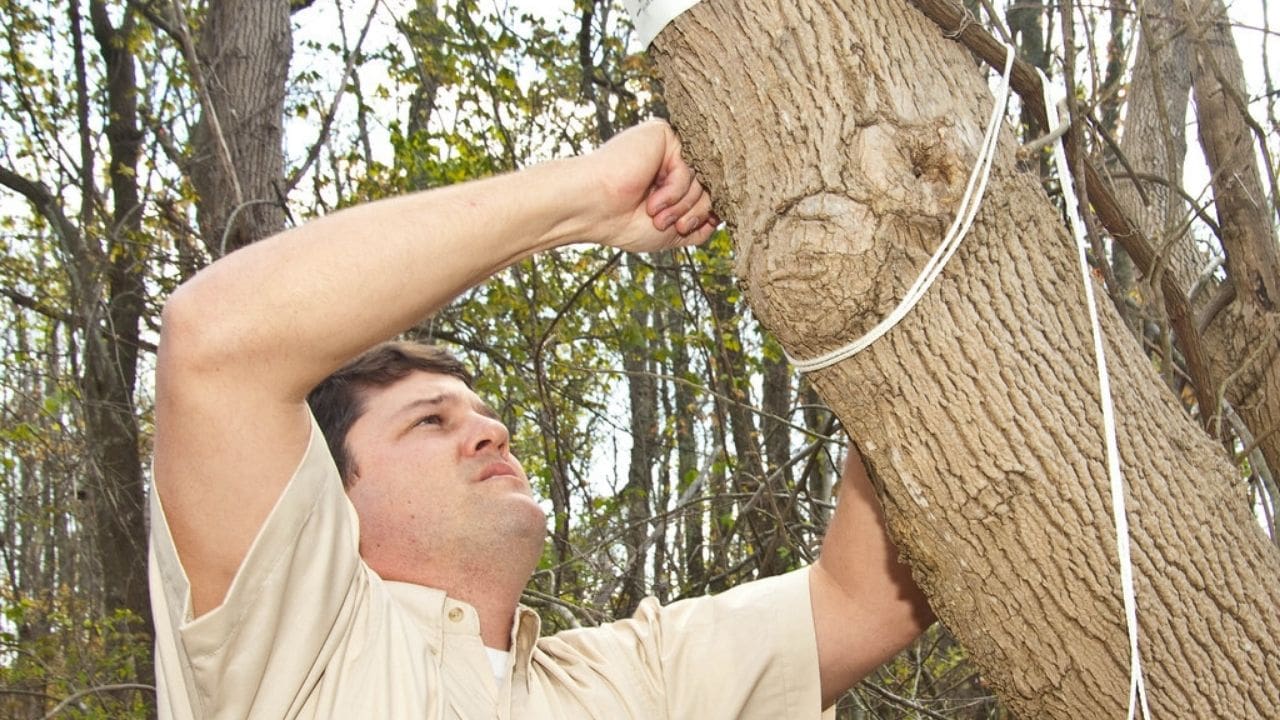

Heritage Tree Designation
Heritage tree designation is a process through which significant trees are officially recognized and legally protected due to their historical, cultural, or ecological importance. Designating a tree as a heritage tree involves a thorough assessment of its value to the community and the environment. These trees often hold cultural significance, such as being tied to historical events or representing a long-standing landmark within a community. Ecologically, heritage trees can play a crucial role in maintaining biodiversity, providing habitat for wildlife, and contributing to the overall health of the ecosystem.
When a tree is designated as a heritage tree, it gains legal protection, ensuring its preservation for future generations. This protection typically comes with specific regulations and guidelines for its care and maintenance. It may also restrict any activities that could potentially harm the tree, such as construction near its roots or pruning without proper authorization.
Heritage tree designation serves as a crucial tool in conserving trees with exceptional value, safeguarding their presence and the benefits they provide to the environment and society. By recognizing and protecting these trees, communities can ensure the preservation of their historical and ecological heritage.
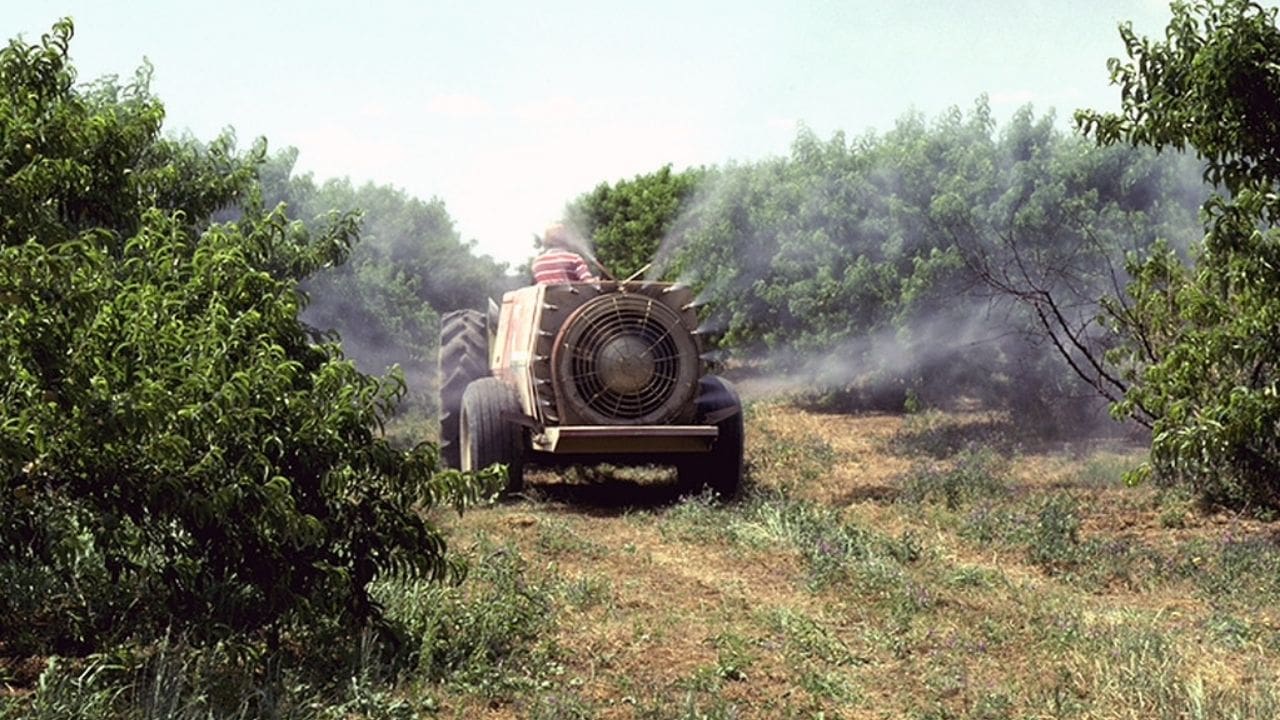

Conservation Laws
Now, let’s examine the legal framework that governs tree conservation, ensuring policy compliance and the effective enforcement measures.
These conservation laws play a critical role in protecting and preserving trees and their ecosystems.
Understanding the intricacies of these laws is essential for effectively managing and safeguarding our tree resources.
Legal Framework
The legal framework for tree protection and conservation is established through a network of laws and regulations aimed at preserving and managing natural resources. Compliance with these laws is essential for ensuring the sustainable management of tree resources. Violations of conservation laws can result in severe penalties, including fines and legal action.
Stay informed about updates and amendments to existing laws to ensure ongoing compliance and protection of trees. Seeking legal guidance when dealing with issues related to tree conservation is crucial to ensure adherence to all relevant regulations.
Understanding and adhering to the legal framework for tree protection is vital for the safety and preservation of our natural environment.
Policy Compliance
To ensure compliance with conservation laws, meticulous attention to legal requirements and regulations is imperative for the effective protection of trees and natural resources. It’s crucial to stay updated with the latest conservation policies and laws applicable to your area.
Regularly review and understand the specific regulations governing tree protection and conservation and ensure that your actions align with these guidelines. Obtain necessary permits before undertaking any tree-related activities, and be mindful of any restrictions related to tree cutting, trimming, or removal.
It’s essential to keep detailed records of all tree-related activities to demonstrate compliance with conservation laws. Failure to adhere to these regulations can result in legal consequences and environmental harm.
Enforcement Measures
Enforcing conservation laws requires vigilant monitoring and swift action to address any violations that threaten the protection of trees and natural resources.
When it comes to enforcing these crucial laws, remember:
- Transparency: Clear communication of regulations and consequences fosters a culture of compliance.
- Accountability: Holding violators accountable sends a strong message and deters future infractions.
- Collaboration: Working with local communities and organizations fosters a sense of shared responsibility for conservation efforts.
- Adaptability: Laws and enforcement strategies must evolve to address new threats and challenges to tree protection.
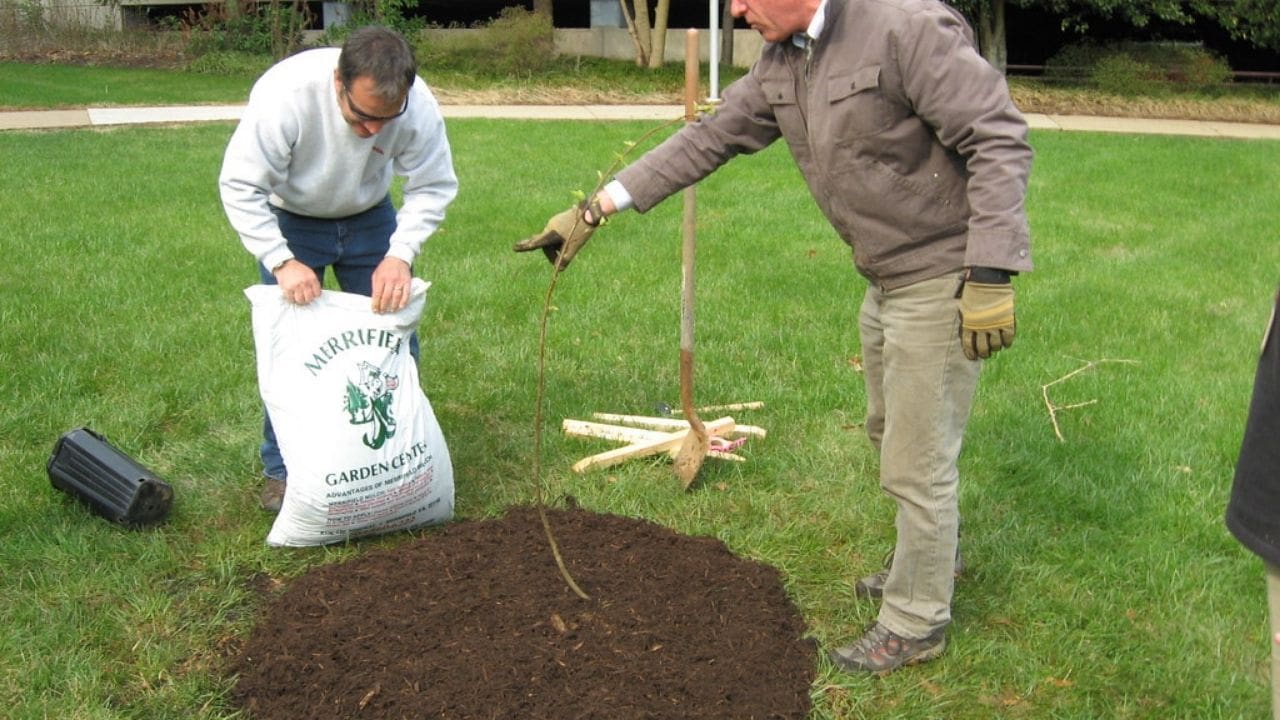

Environmental Impact Assessments
Conducting thorough environmental impact assessments is essential for evaluating the potential ecological consequences of tree protection and conservation initiatives. These assessments involve a comprehensive review of the environmental factors that could be affected by such initiatives. This includes examining the impact on local flora and fauna, water resources, air quality, and soil stability. By identifying potential risks and benefits, environmental impact assessments help in making informed decisions to minimize negative impacts and maximize the positive outcomes of tree conservation efforts.
During an environmental impact assessment, specific attention is given to the potential effects on endangered species, wildlife habitats, and overall ecosystem health. This process involves collecting and analyzing data to understand the current environmental conditions and predict the potential changes that may arise from tree protection and conservation activities. By evaluating these factors, stakeholders can develop strategies to mitigate any adverse effects and ensure the long-term sustainability of tree conservation efforts.
Furthermore, environmental impact assessments guide the implementation of measures to protect sensitive ecological areas and promote sustainable conservation practices. By integrating these assessments into tree protection initiatives, you can safeguard the environment while effectively preserving and managing tree resources.
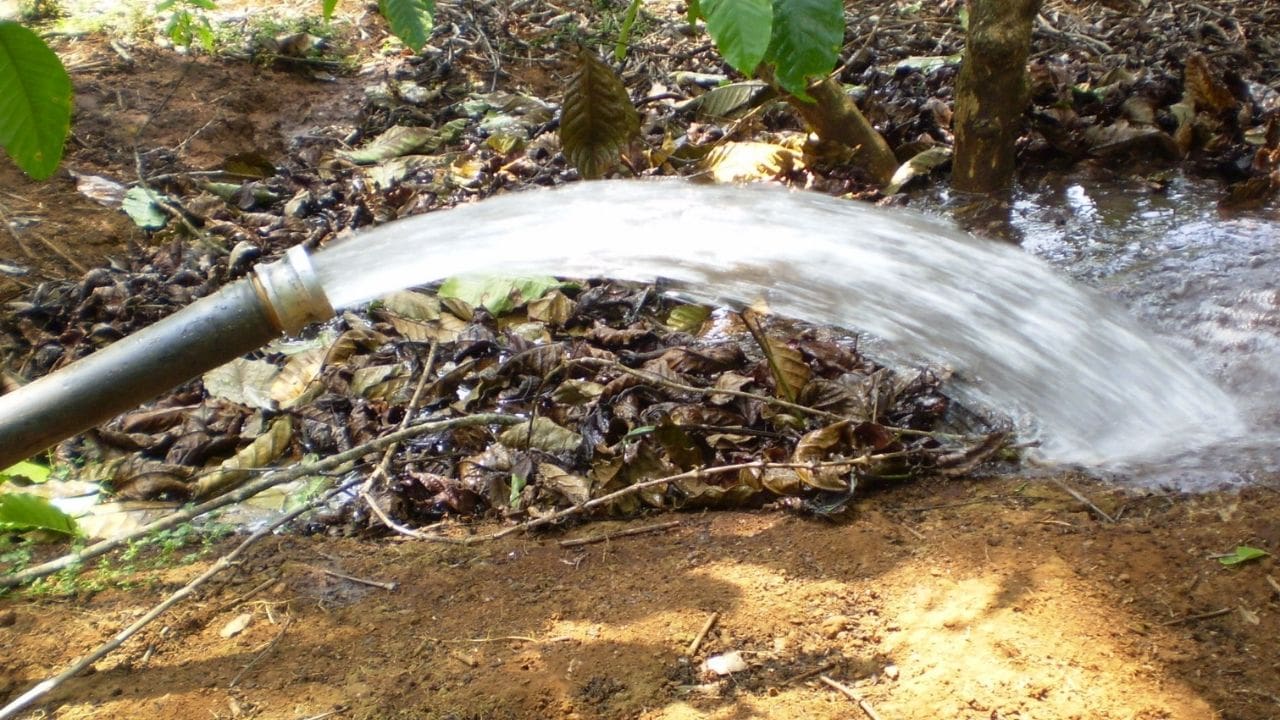

Municipal Regulations
When it comes to tree protection and conservation, municipal regulations play a critical role in shaping the landscape.
Zoning laws and the permitting process are key components in ensuring that tree preservation is upheld within a community.
Understanding and complying with these regulations is essential for maintaining the health and longevity of urban and suburban tree populations.
Zoning Laws
Municipal regulations, such as zoning laws, play a crucial role in determining land use and development within a community.
Zoning laws are essential for tree protection and conservation efforts. They help in controlling urban sprawl and ensuring that green spaces are preserved.
Zoning laws also restrict the type of development that can occur in designated areas, thereby safeguarding natural habitats. Moreover, these laws can promote the establishment of green belts and buffer zones around sensitive ecosystems, providing additional protection for trees and wildlife.
By enforcing zoning laws that prioritize conservation, communities can ensure the sustainable management of their natural resources, fostering a safer and healthier environment for all.
- Preservation of green spaces
- Control of urban sprawl
- Protection of natural habitats
- Establishment of buffer zones
Permitting Process
To ensure the preservation of green spaces and the protection of natural habitats, the permitting process under municipal regulations plays a critical role in regulating the development and construction activities that may impact trees and wildlife.
When applying for permits, it’s essential to provide detailed plans that clearly outline how trees and wildlife will be protected during and after construction. Municipal regulations often require the submission of a tree protection plan, which should include measures such as fencing off protected trees, implementing erosion control measures, and specifying construction techniques that minimize root damage.
Additionally, some municipalities may require a wildlife impact assessment to determine the potential effects of construction on local fauna. It’s crucial to adhere to these regulations to safeguard the environment and ensure the sustainable coexistence of development and natural habitats.


Enforcement Strategies
Implementing effective enforcement strategies is crucial for ensuring the protection and conservation of trees in urban and natural environments. To achieve this, it’s essential to:
- Conduct regular patrols and inspections of protected tree areas to detect any unauthorized tree removal or damage promptly.
- Implement strict penalties and fines for individuals or organizations found guilty of violating tree protection regulations, to deter potential offenders.
- Utilize advanced technology such as satellite imaging and drones to monitor tree cover and detect any unauthorized tree removal in real-time.
- Collaborate with local law enforcement agencies to ensure swift and effective response to reports of illegal tree cutting or damage, thereby preventing further harm to the ecosystem.
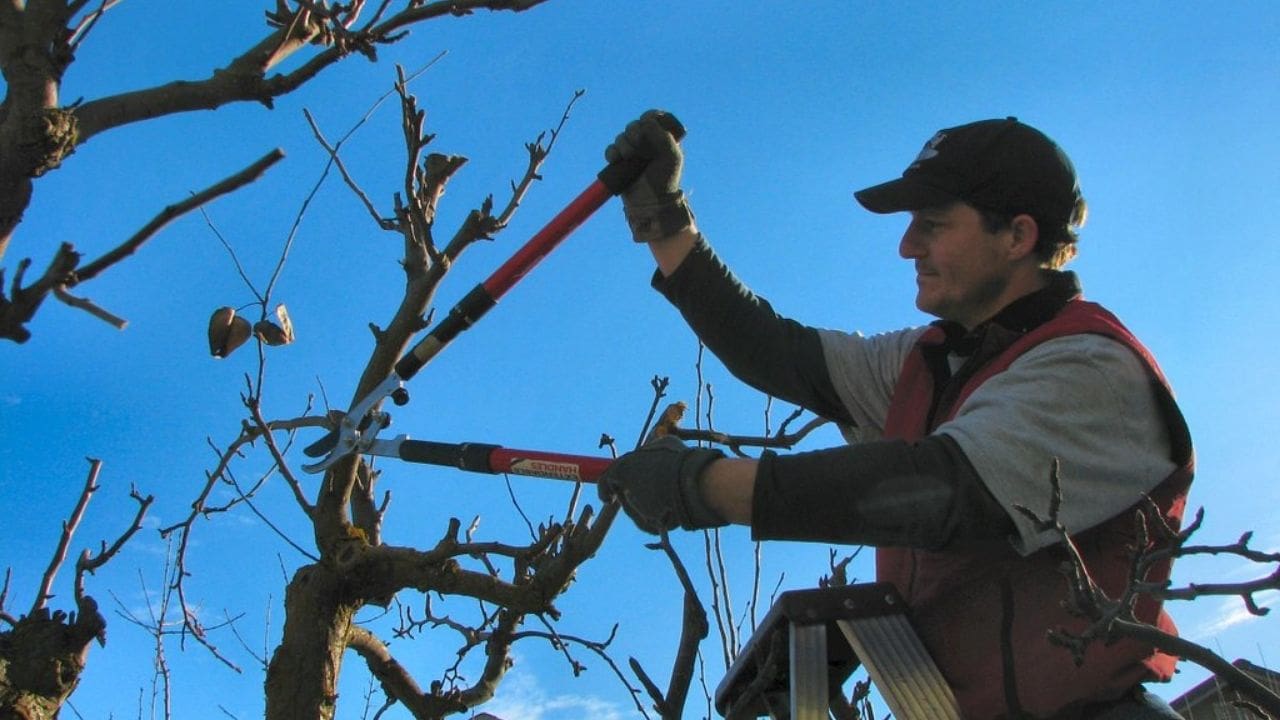

Public Awareness Campaigns
Developing a comprehensive public awareness campaign is essential to ensure widespread understanding and support for tree protection and conservation efforts. Such campaigns should focus on educating the public about the importance of trees, the threats they face, and the actions individuals can take to contribute to their preservation. Utilizing various communication channels, including social media, educational programs, and community events, can effectively reach a diverse audience.
Key messages should emphasize the critical role trees play in air purification, carbon sequestration, and providing habitats for wildlife. It’s important to convey the potential consequences of deforestation and the benefits of preserving and planting trees. Additionally, highlighting success stories and the positive impact of community engagement in tree conservation can inspire others to participate.
To ensure effectiveness, public awareness campaigns should incorporate clear calls to action, such as participating in tree planting events, supporting local conservation initiatives, and responsibly managing private green spaces. Providing practical tips and resources for tree care and advocating for sustainable land use practices can empower individuals to actively contribute to tree protection efforts.
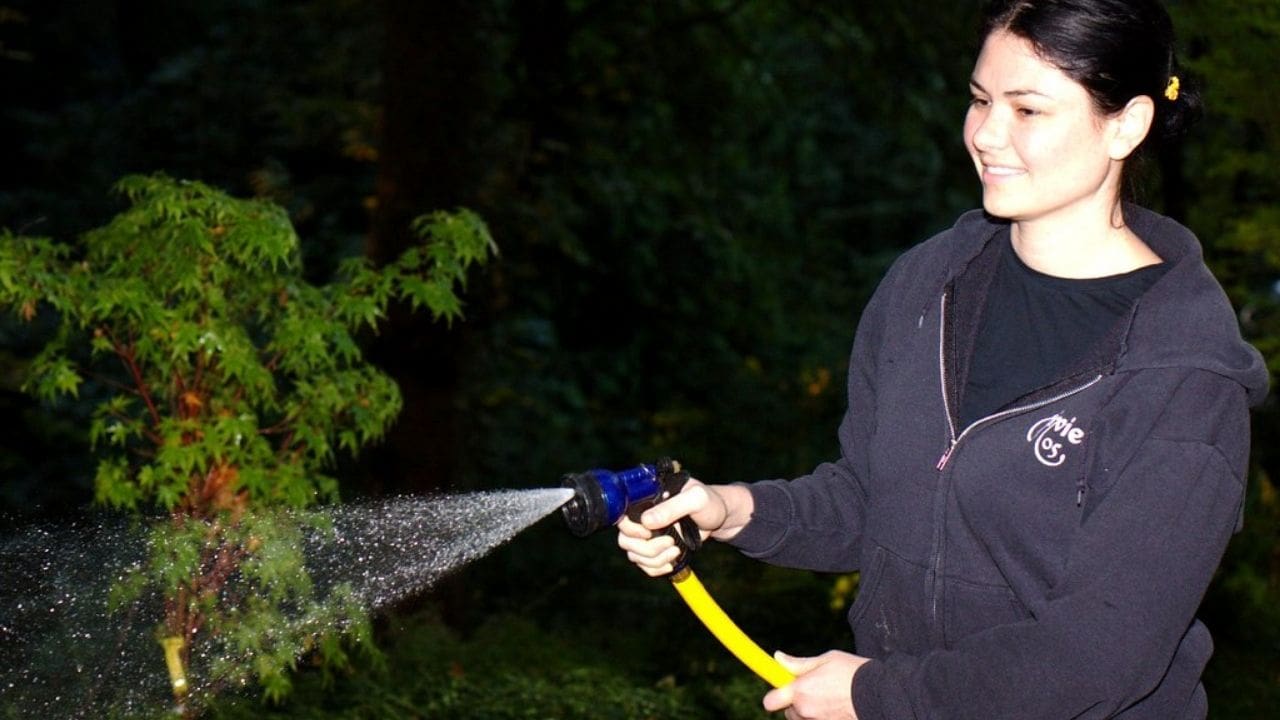

Habitat Preservation
Public awareness campaigns play a crucial role in promoting tree protection and conservation, which directly impacts habitat preservation for various wildlife species. Habitat preservation is essential for the survival of countless wildlife species and contributes to the overall ecological balance.
To ensure the preservation of habitats, it’s imperative to:
- Minimize Deforestation: Encouraging sustainable logging practices and reforestation efforts to minimize the loss of natural habitats.
- Protect Biodiversity: Recognizing the interconnectedness of all living organisms and the importance of preserving diverse habitats to support various species.
- Manage Urban Development: Implementing urban planning strategies that prioritize the preservation of green spaces and wildlife corridors within urban environments.
- Combat Climate Change: Addressing the impacts of climate change to protect habitats from degradation and loss.
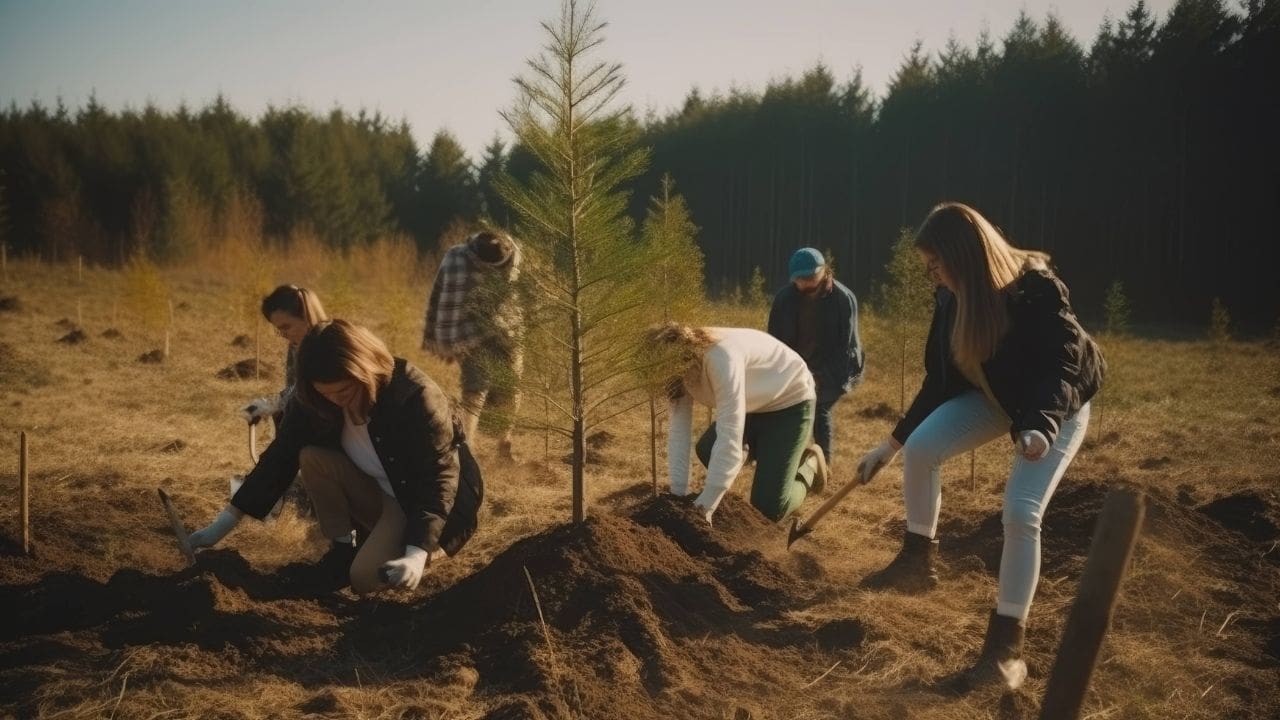

Land Use Planning
You need to consider zoning regulations and urban development when it comes to land use planning.
Zoning regulations play a critical role in determining where and how land can be used, helping to protect and conserve trees in specific areas.
Urban development also impacts tree protection and conservation efforts, as it determines the layout and design of cities and towns, influencing the presence and health of trees in urban environments.
Zoning Regulations
Zoning regulations play a critical role in managing and controlling land use within a specific area, ensuring that development aligns with established plans and objectives for conservation and protection of trees and natural habitats.
When implementing zoning regulations, it’s important to consider the following:
- Preservation of Ecological Balance: Zoning regulations help maintain the ecological balance by designating specific areas for conservation and preventing overdevelopment.
- Mitigation of Environmental Hazards: By regulating land use, zoning helps minimize the risk of environmental hazards such as deforestation and habitat destruction.
- Promotion of Sustainable Development: Zoning regulations encourage sustainable development practices that prioritize the long-term health of ecosystems and trees.
- Enhancement of Public Safety: Properly zoned areas contribute to public safety by reducing the likelihood of natural disasters and preserving critical wildlife habitats.
Urban Development
In urban development, careful land use planning is essential to ensure the effective integration of built structures with existing natural features and resources.
Urban planning should prioritize the preservation of mature trees and natural green spaces. When designing new developments, consider incorporating green infrastructure, such as green roofs, permeable pavement, and urban forests, to mitigate the environmental impact of construction and enhance the overall urban ecosystem.
Additionally, implementing strict zoning regulations to protect designated green spaces and tree canopies in urban areas is critical. By doing so, you can ensure that trees aren’t needlessly removed and that green areas are preserved for the well-being of the community.
Emphasizing sustainable urban development practices will contribute to a safer and more environmentally conscious living environment.
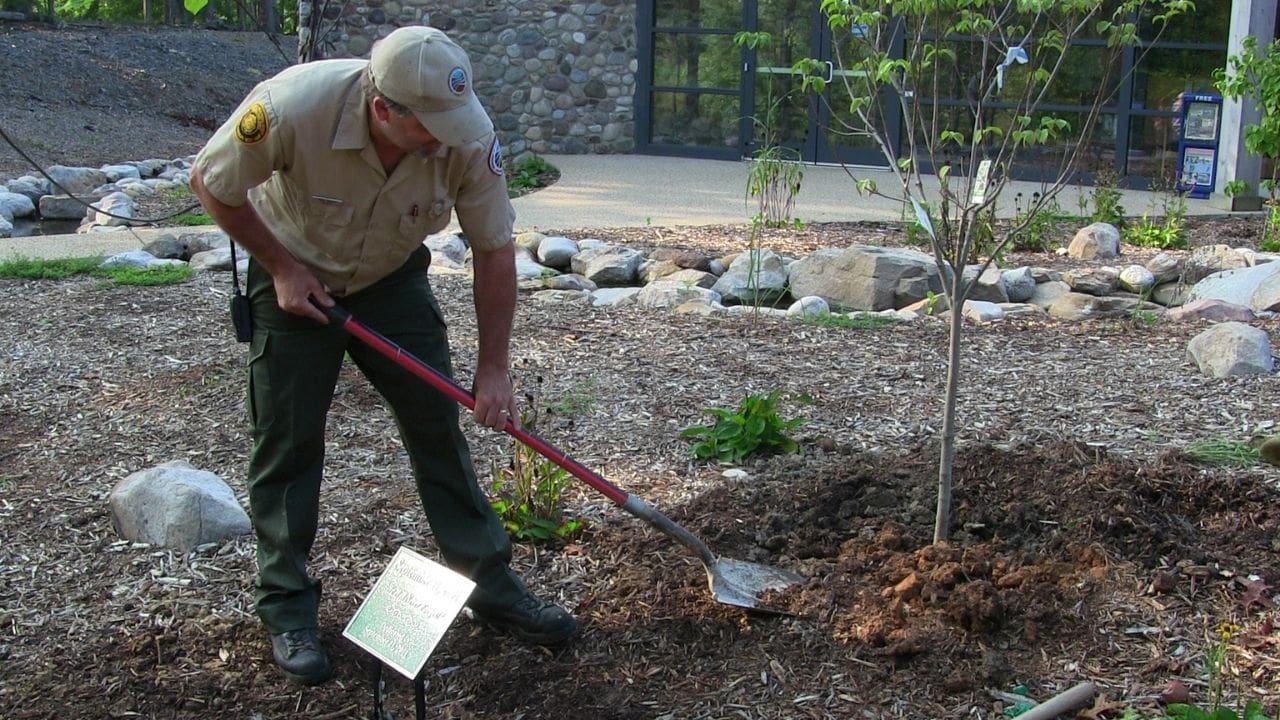

Biodiversity Acts
Implementing strong biodiversity acts is crucial for protecting and conserving the diverse range of plant and animal species within a given ecosystem. Biodiversity acts serve as a framework for ensuring the sustainable use of natural resources, preserving habitats, and safeguarding the delicate balance of ecosystems. They also play a vital role in promoting the ethical and responsible treatment of wildlife and natural landscapes.
Consider the following important points:
- Preservation of Species: Biodiversity acts help in safeguarding endangered species from extinction, ensuring their continued existence for future generations to appreciate and study.
- Ecosystem Stability: By protecting the variety of species within an ecosystem, biodiversity acts contribute to maintaining ecological balance and resilience, reducing the risk of catastrophic disruptions.
- Ethical Responsibility: These acts reflect our moral obligation to protect and respect the intrinsic value of all living organisms, fostering a culture of empathy and stewardship towards nature.
- Long-Term Sustainability: Biodiversity acts are essential for securing the long-term health and viability of ecosystems, ensuring that they remain productive and beneficial for both wildlife and human populations.
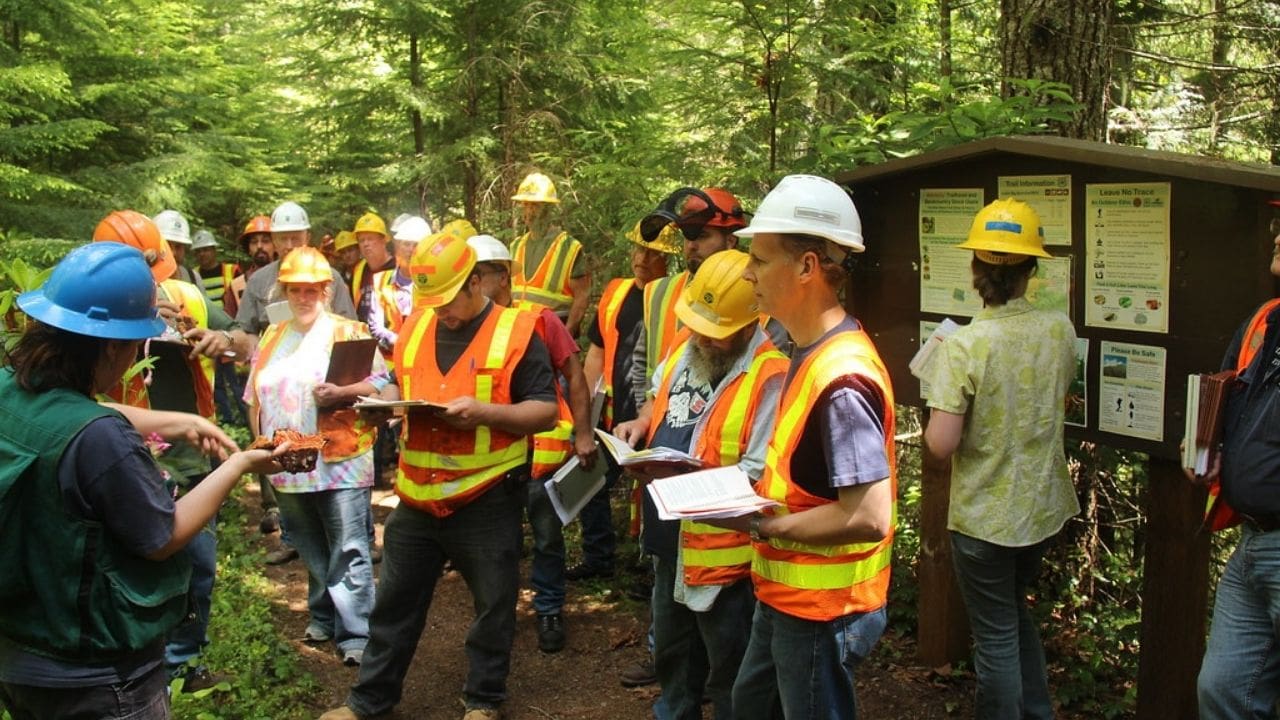

Policy Development
With a focus on maintaining biodiversity and preserving ecosystems, the development of sound policies is essential for ensuring the sustainable management of natural resources. Policy development in tree protection and conservation is crucial for effective governance and long-term preservation. It involves the formulation of guidelines, regulations, and incentives to promote responsible practices and mitigate potential threats to tree populations. These policies are designed to address various aspects such as reforestation, urban forestry, and sustainable timber harvesting. They also establish parameters for land use planning, habitat protection, and the prevention of illegal logging activities.
In order to enhance tree protection and conservation, policymakers need to conduct comprehensive assessments of existing policies to identify gaps and opportunities for improvement. This process involves engaging with experts, stakeholders, and the public to ensure that policies reflect the latest scientific knowledge and best practices. Moreover, it’s important to enforce compliance mechanisms and monitoring systems to track the effectiveness of these policies.
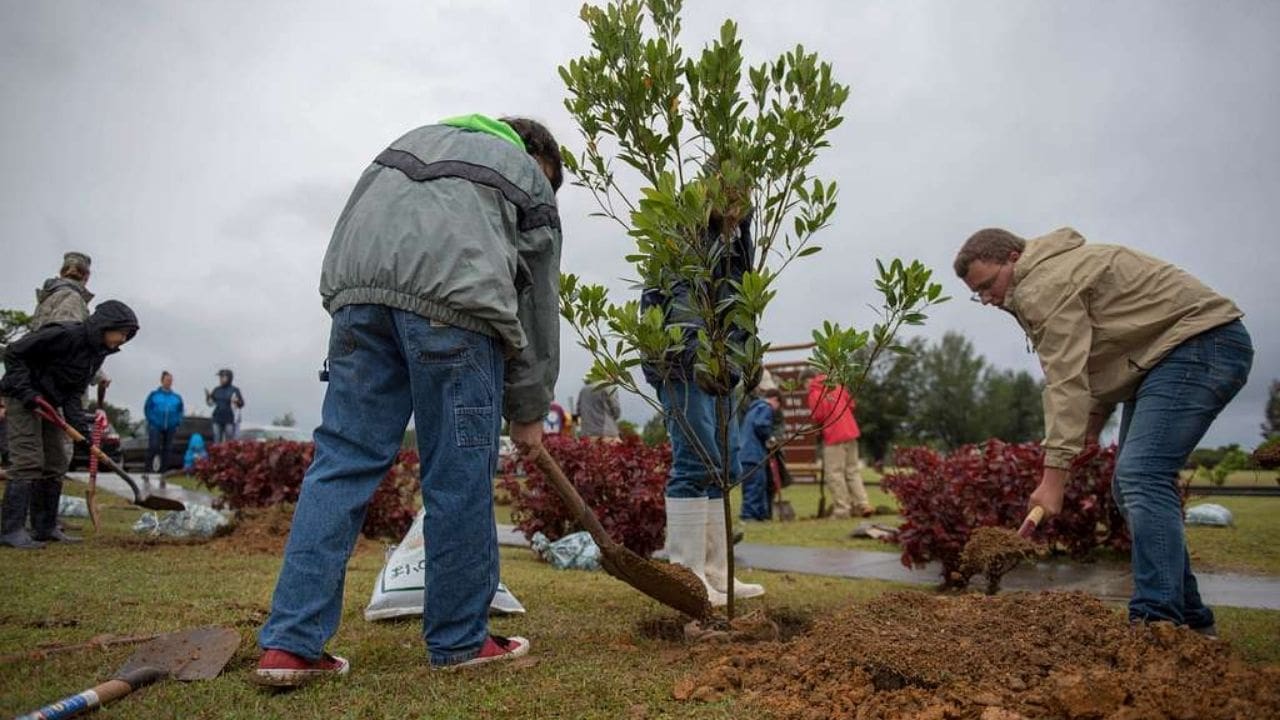

Funding Strategies
To effectively secure financial resources for tree protection and conservation efforts, it’s essential to strategically identify and leverage diverse funding channels and mechanisms. By implementing the following strategies, you can ensure sustainable funding for tree protection and conservation:
- Collaborate with governmental agencies: Partnering with local, regional, and national governmental bodies can provide access to grants, subsidies, and other financial assistance programs aimed at promoting tree protection and conservation initiatives.
- Engage corporate sponsors: Establishing partnerships with environmentally conscious corporations can lead to financial support through sponsorships, donations, and cause-related marketing campaigns, fostering a sense of corporate social responsibility.
- Cultivate individual and community donors: Implementing outreach programs and educational initiatives can help garner support from individual donors and local communities, fostering a sense of ownership and responsibility towards tree protection and conservation efforts.
- Seek philanthropic foundations and grants: Research and apply for funding opportunities provided by philanthropic foundations and grant-making organizations that are dedicated to environmental conservation and sustainable development.
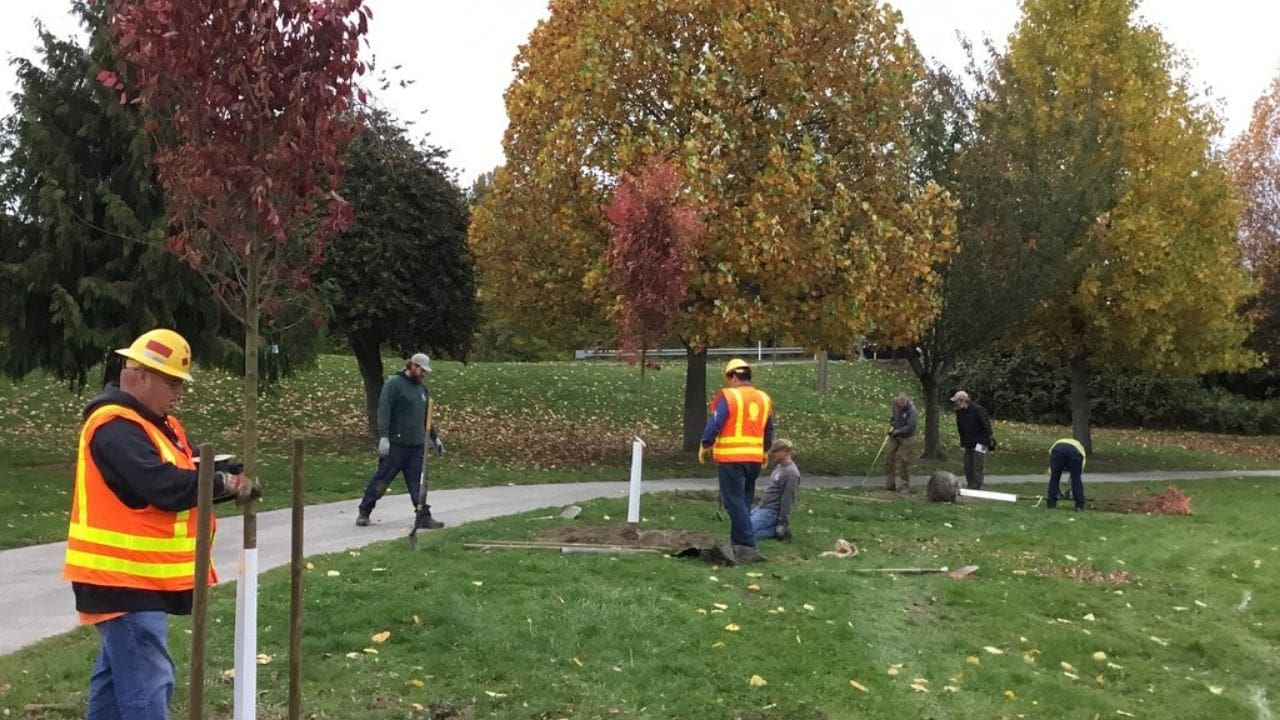

Frequently Asked Questions
How Can Individuals Get Involved in Tree Protection and Conservation Efforts in Their Local Communities?
You can get involved in tree protection and conservation efforts by joining local environmental groups, volunteering for tree planting initiatives, educating others about the importance of trees, and advocating for policies that support tree preservation.
What Are Some Innovative Technologies or Methods Being Used to Monitor and Protect Trees From Disease and Pests?
You can explore innovative technologies like remote sensing and drones to monitor tree health and detect disease or pest infestations early. These methods enable proactive interventions, helping to protect and conserve trees effectively.
Are There Any Specific Initiatives or Programs Aimed at Engaging Youth in Tree Conservation and Environmental Stewardship?
Youth engagement in tree conservation is crucial. Many programs like tree planting initiatives, educational workshops, and environmental clubs actively involve young people in understanding and protecting trees, fostering a sense of environmental stewardship from an early age.
What Are Some Potential Economic Benefits or Incentives for Landowners to Participate in Tree Protection and Conservation Efforts?
You’ll find that participating in tree protection and conservation efforts can bring potential economic benefits, such as tax incentives, grants, and access to carbon offset markets. These incentives can make a positive impact on your bottom line.
How Can Communities Work Together to Address Challenges Related to Invasive Species and Their Impact on Tree Health and Biodiversity?
To address challenges related to invasive species and their impact on tree health and biodiversity, communities can collaborate on early detection and rapid response strategies, implement effective control measures, and promote public education and awareness campaigns.


Hello there! I’m Logan Foster, the green-thumbed social media marketer behind the vibrant world of 1800TreeGuy.com. With roots firmly planted in arboriculture, I’ve branched out to help clients cultivate their dream outdoor spaces, one leafy canopy at a time. My knack for nurturing nature is more than a profession—it’s a way of life.
When I’m not talking trees and teaching the art of arboreal care, you can find me cheering on the Bulldogs—my alma mater’s pride and my forever team. My environmental studies there didn’t just teach me about ecosystems; they instilled a lifelong passion for protecting our planet.
Off the clock, I’m an adventurer at heart. Whether it’s trekking the Appalachian trails, pedaling down a mountain path, or crafting guides to share the wonders of the wild, I’m happiest with soil under my nails and the sun on my face. And let’s not forget Yoda, my pug sidekick. He may not have mastered the art of stillness, but his joyful grins are my daily dose of happiness.
I’m all about making connections—between people and the great outdoors and between my clients and their ideal landscape visions. My approach is personal; every tree has a story, and every garden reflects its caretaker.
If you want to green your scene or share in my outdoor escapades, give me a shout on Instagram or Facebook. Let’s cultivate a conversation and grow a community rooted in a love for the lush life.















